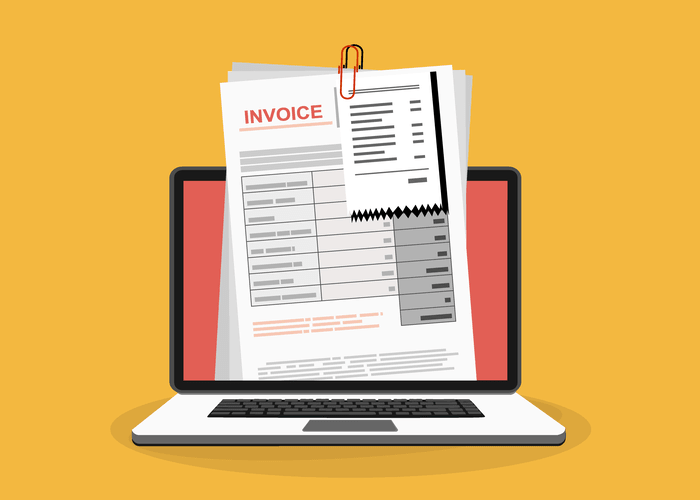Financial Statement Analysis: How Its Done, by Statement Type
Financial Statement Analysis: How Its Done, by Statement Type

So far, we’ve focused on using vertical analysis as a way to analyze income statements. The same process applies, except the most commonly used denominator is total assets. Lastly, one can evaluate the structural composition of items from the company’s financial statements – for example of assets, liabilities, expenses etc. Vertical analysis, when combined with other analytical methods, empowers you to make informed decisions, evaluate financial performance, and drive business success.

Marketplace Financial Model Template
It can be used in the same way, identifying whether the current balance matches the strategy of the business, as well as looking at multiple years to identify trends and anomalies. For example, it can be an easy way to track how much of the balance sheet https://www.bookstime.com/ is held in illiquid assets, or to assess how the debt structure has been changing over time. We’ll not only cover the basics but also guide you through its practical application in analyzing income statements. Plus, we’ll explore its strategic significance for FP&A, demonstrating how it can be a valuable asset in financial planning and analysis.
Vertical Analysis
- Tools like Google Sheets or Excel allow you to automate calculations, so you can focus on analysis.
- For example, on an income statement, the value of each revenue stream is a separate line item, which contributes to the total revenue.
- On a business’s balance sheet, you can find the relevant base figure as the company’s total assets or liabilities.
- The ratios that made sense for employee salaries in the tech sector in 2005, for instance, wouldn’t have been applicable in 2017.
- Vertical analysis provides insights into the composition of your financial statements and their relationship with the base amount.
- Vertical financial statement analysis is particularly useful when comparing companies within the same industry.
Vertical analysis can also be used to benchmark a company’s vertical analysis formula performance against industry averages. It enables analysts to identify trends, patterns, and anomalies within a company’s financial statements. By highlighting the relative significance of each line item, it helps in understanding the composition of revenue, expenses, assets, and liabilities. Additionally, vertical analysis facilitates the comparison of financial statements of companies operating in different industries and of varying sizes, providing insights into their relative performance. Vertical analysis helps assess a company’s financial performance and efficiency by examining the proportions of key line items.
Evaluating the Financial Health and Leverage of a Company through Vertical Analysis

One of its cons is that it doesn’t take into consideration absolute numbers; so if you are comparing two companies, looking at percentages will give a different result than absolute numbers. You now know about the vertical analysis of financial statements and how it differs from the horizontal analysis. You know how to do a vertical analysis with Excel and Google Sheets, using both an income statement and a balance sheet.
Vertical Financial Statement Analysis
- Vertical analysis streamlines financial analysis, offering a clear and concise view of the most significant financial metrics.
- Instead of determining the percentage of each line number against the base figure over a particular year, you can establish the change of each line number over a period of years.
- It also helps in evaluating the debt structure by comparing the percentage of liabilities to equity.
- Financial statements are maintained by companies daily and used internally for business management.
- This analysis helps see the proportion of each item compared to the net profit, providing insights into where the money is coming from and where it is being spent.
- In a vertical analysis of an income statement, every line item is shown as a percentage of gross sales.
Finally, the net income margin is 40%, indicating that 40% of the company’s net sales translates into net income. This method proves more insightful than relying solely on generic financial ratios or industry benchmarks. While industry comparisons can be helpful, vertical analysis offers direct, context-specific insights without solely depending on external rules of thumb. Another powerful application of a vertical analysis is to compare two or more companies of different sizes. It can be hard to compare the balance sheet of a $1 billion company with that of a $100 billion company. The common-sized accounts of vertical analysis make it possible to compare and contrast numbers of far different magnitudes in a meaningful way.

Vertical analysis provides a better understanding of how each line item on the balance sheet fits into the company’s financial structure and is an invaluable decision-making tool. The financial statements of a company record important financial data on every aspect of a business’s activities. As such, they can be evaluated on the basis of past, current, and projected performance.

Startup Profit and Loss Statement

By doing this, we’ll build a new income statement that shows each account as a percentage how is sales tax calculated of the sales for that year. As an example, in year one we’ll divide the company’s “Salaries” expense, $95,000 by its sales for that year, $400,000. That result, 24%, will appear on the vertical analysis table beside Salaries for year one.
